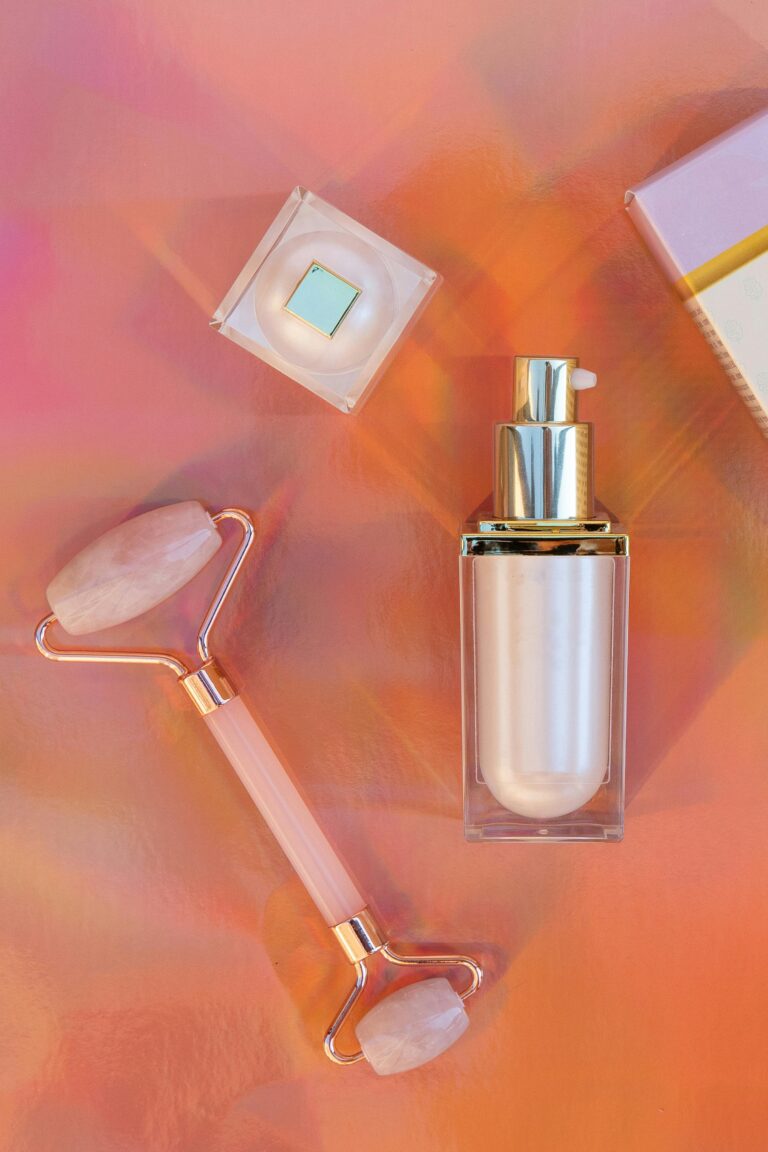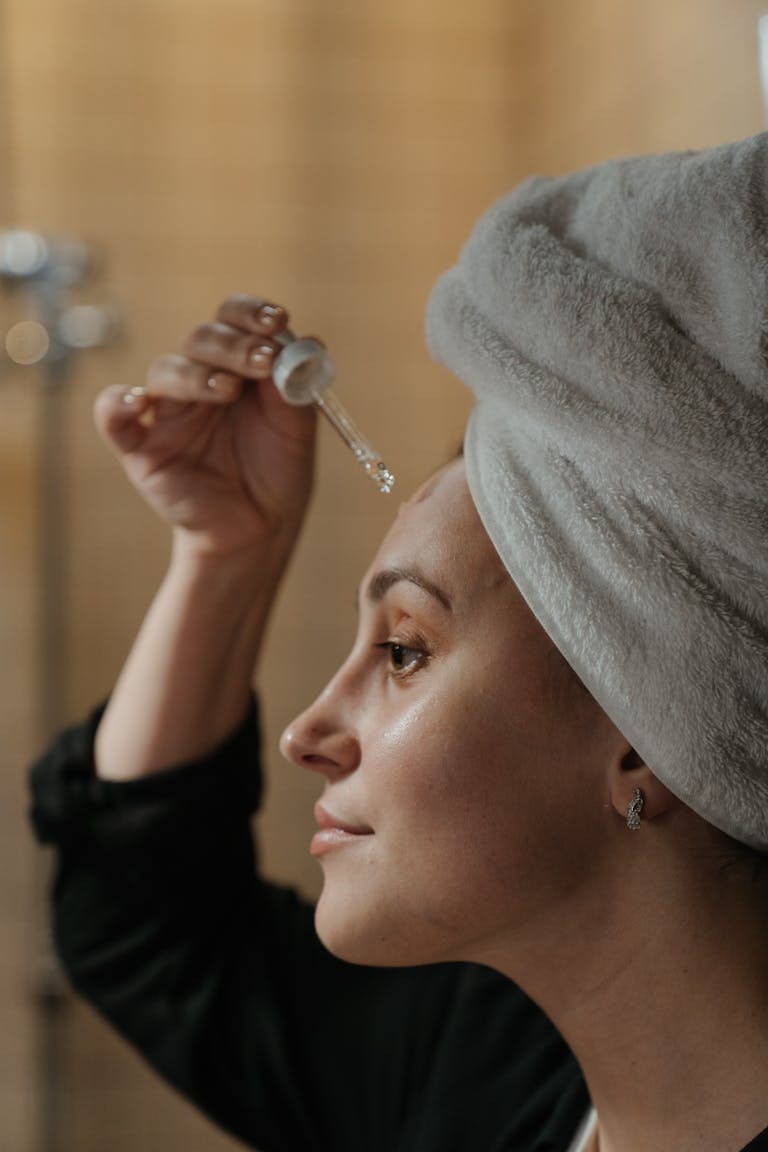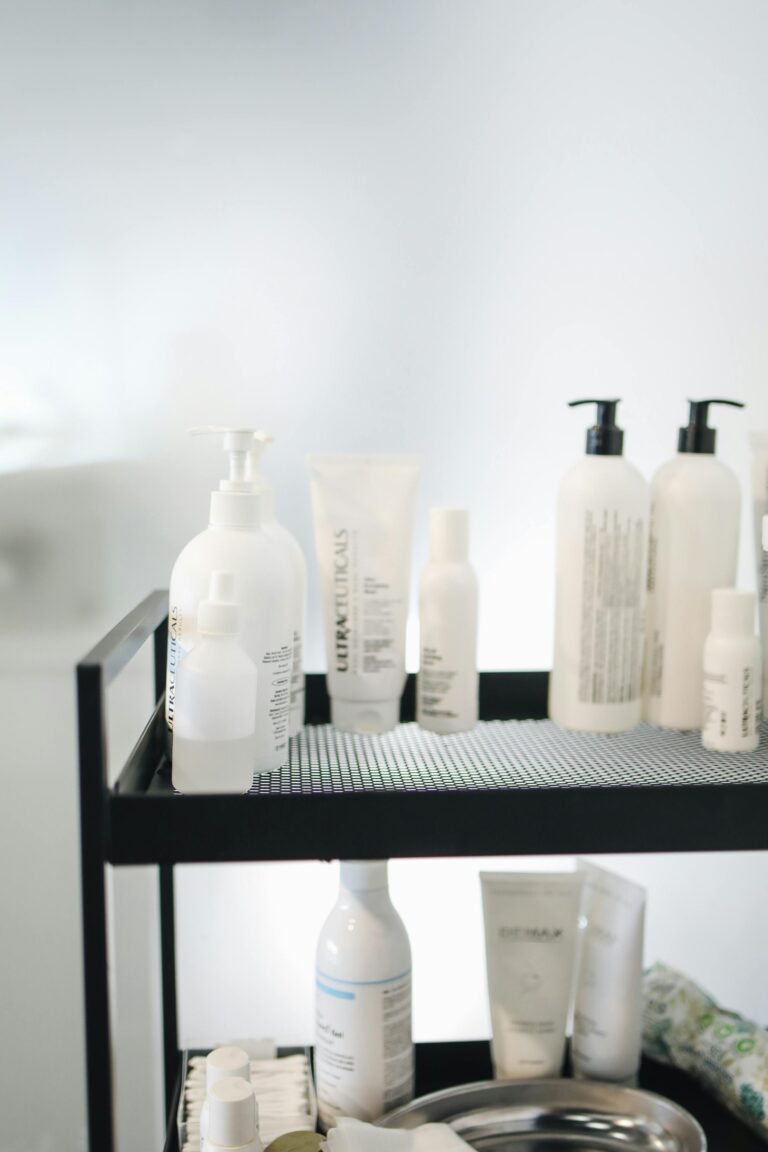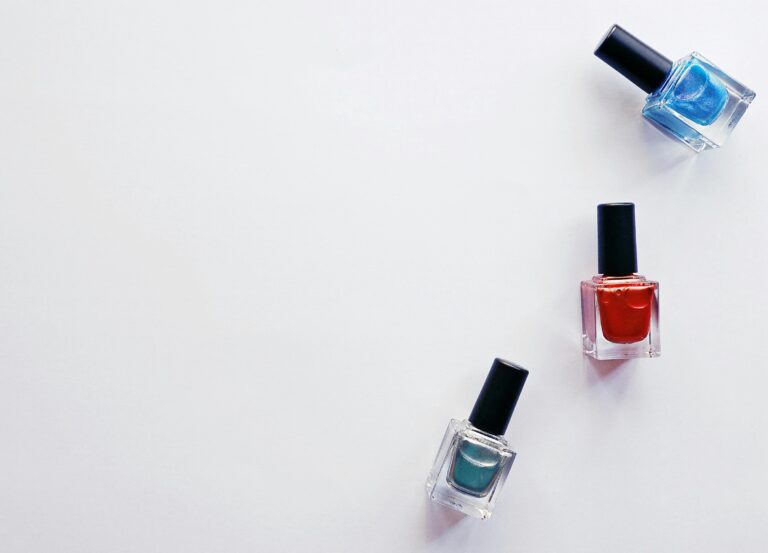Do You Really Need Mineral Sunscreen? Breaking Down Chemical and Mineral Sunscreens
We all know sunscreen is important. But does the type of sunscreen you use – chemical vs. mineral – actually matter? The short answer: yes. Here’s why.
What You’ll Learn
- The difference between chemical and mineral sunscreens
- The 8 most common ingredients used in chemical and mineral sunscreens
- If sunscreens disrupt your hormones
- Efficacy of homemade sunscreens
Chemical vs. Mineral Sunscreen: What’s the Difference
Apart from the obvious ingredient differences the fundamental difference between chemical and mineral sunscreen is how they protect your skin from harmful UV rays.
Chemical
How It Works: Absorbs UV rays and converts them into non-damaging heat via a chemical reactions
Texture: Light and transparent
Best for: Daily wear when you can’t reapply every 2 hours
Mineral
How It Works: Creates a physical barrier on the skin that reflects UVA and UVB lights
Texture: Thick and leaves white cast
Best for: Sensitive skin and ocean-safe applications
Ingredient Breakdown: What’s Actually In Your Sunscreen?
Here are the most common active ingredients in both chemical and mineral sunscreens, and what you should know about them.
A chemical sunscreen ingredient that is highly effective at transforming UV rays into non-harmful heat but is highly toxic to coral reefs and marine life. There is also evidence that suggests when absorbed through the skin, oxybenzone remains in your body’s circulation for prolonged periods of time.
Oxybenzone
A chemical sunscreen ingredient that is FDA approved and required in order for brands to label their sunscreens as “broad spectrum protection.” It’s important to note that the FDA has called for additional data to be studied on Avobenzone to better understand the effects on the body, but for now remains in circulation in products as it is regarded as safe for topical use.
Avobenzone
A chemical sunscreen ingredient that is a weak UVB absorber. Usually used alongside other ingredients.
Octisalate
A chemical sunscreen ingredient and anti-aging ingredient that absorbs both UVA and UVB rays. It is also toxic to coral and marine life and cause allergic reactions in humans.
Octocrylene
A chemical sunscreen ingredient that is a weak UVB absorber. Approved by the FDA in concentrations of up to 15%. There is some concern that homosalate is an endocrine disruptor – the Scientific Committee on Consumer Safety has researched these concerns and advises a concentration of no more than 7.34% in topical products.
Homosalate
A chemical sunscreen ingredient that while effective, has unknown safety effects on humans. Research is still being conducted, but most brands dilute octinoxate with other ingredients to prevent absorption and reduce any potential harmful effects.
Octinoxate
A mineral sunscreen ingredient that forms a physical barrier between UV rays and the skin, reflecting light away from the dermis. While effective, it requires constant reapplying after sweating, swimming, or two hours of duration. Known for its strong white cast on skin.
Zinc Oxide
A mineral sunscreen ingredient that forms a physical barrier between UV rays and the skin. While more research is required, titanium dioxide appears to have minimal absorption through the skin and is regarded as safe for topical use.
Titanium Dioxide
Are Chemical or Minerals Sunscreens Endocrine Disruptors?
This is where the internet tends to spiral. Wellness influencers often use misleading evidence to convince you that sunscreen is toxic and disrupts the natural processes in your body. So, let’s address this:
Sunscreen is safe. Please use it.
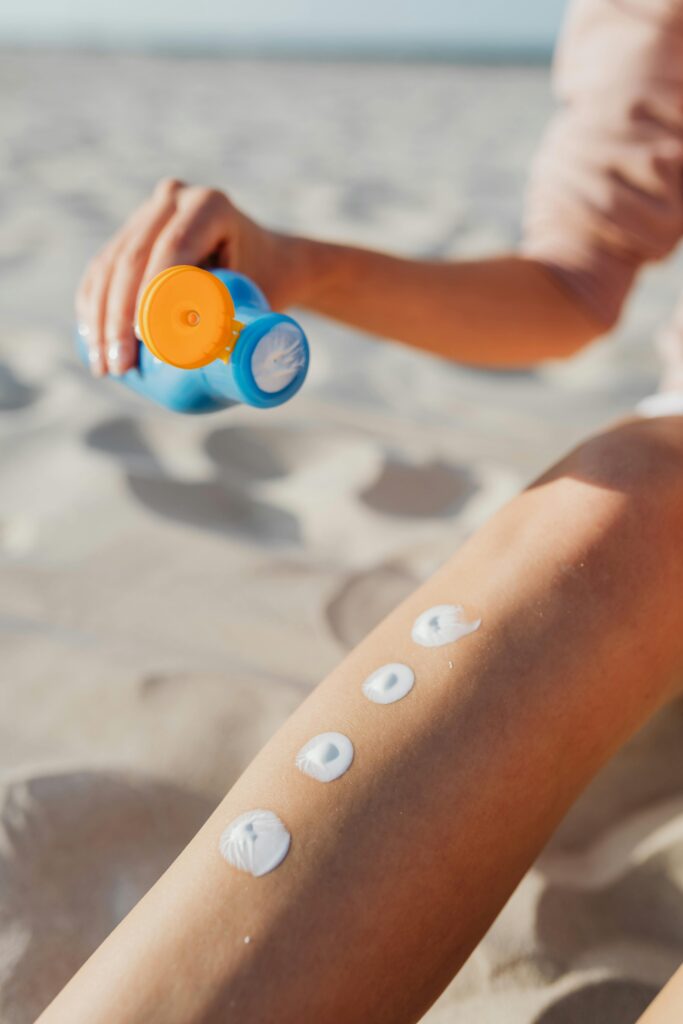
Yes, there have been studies on some ingredients that have demonstrated they have endocrine capabilities…in animals. I promise you are not using enough sunscreen to disrupt your hormones – Harvard Health even asserted that in some cases, you would have to apply sunscreen every day for 277 years to disrupt your hormones.
Unless you’re literally bathing in sunscreen every morning and refusing to ever shower, you’re probably fine. And if you are bathing in sunscreen, you might want to rethink a few things anyway.
So, use the damn sunscreen.
Can You Make Your Own Mineral Sunscreen?
Please don’t.
This is a no judgement zone but DIY sunscreen is where I draw the line. Even if you use all the right ingredients, unless you are a cosmetic chemist, there’s almost no way you’ll hit the proper SPF levels. Homemade sunscreens are ineffective and leave you susceptible to burns and skin damage.
The internet is wrong. You can’t whip up SPF 30 in your Vitamix, so please don’t make your own sunscreen.
Final Thoughts
Chemical and mineral sunscreens achieve the same goal but work very differently. If you plan on going swimming in the ocean, you should use mineral sunscreen (but don’t forget to reapply every two hours). If you are running around home and know you can’t reapply as often – you still need to reapply – chemical is the way to go.
Either way, what matters most is that you wear something. Every day. Even when it’s cloudy. Even when you’re just inside.
You don’t need perfect sunscreen. You just need to use it.




